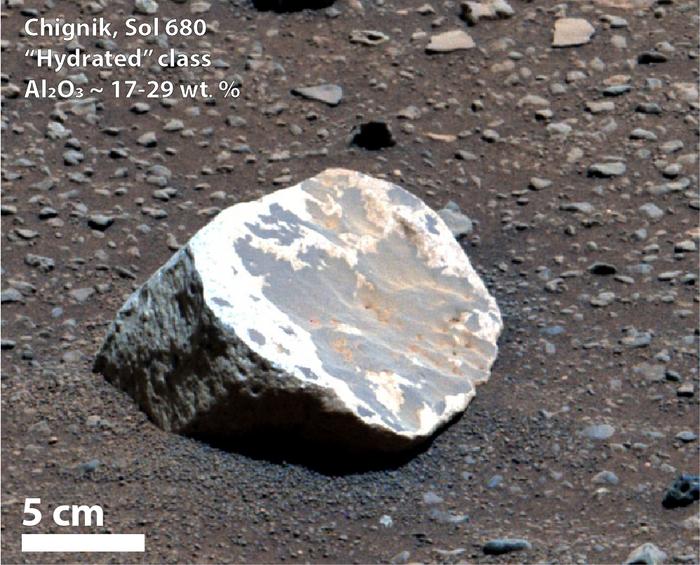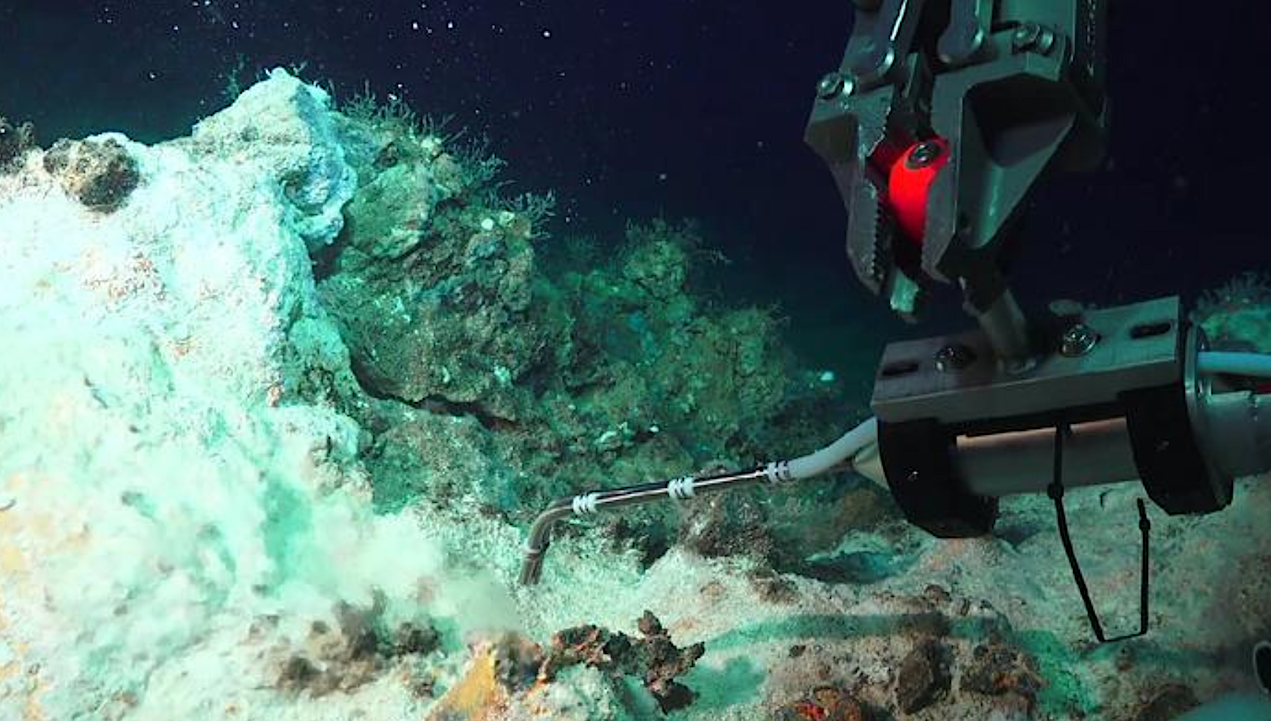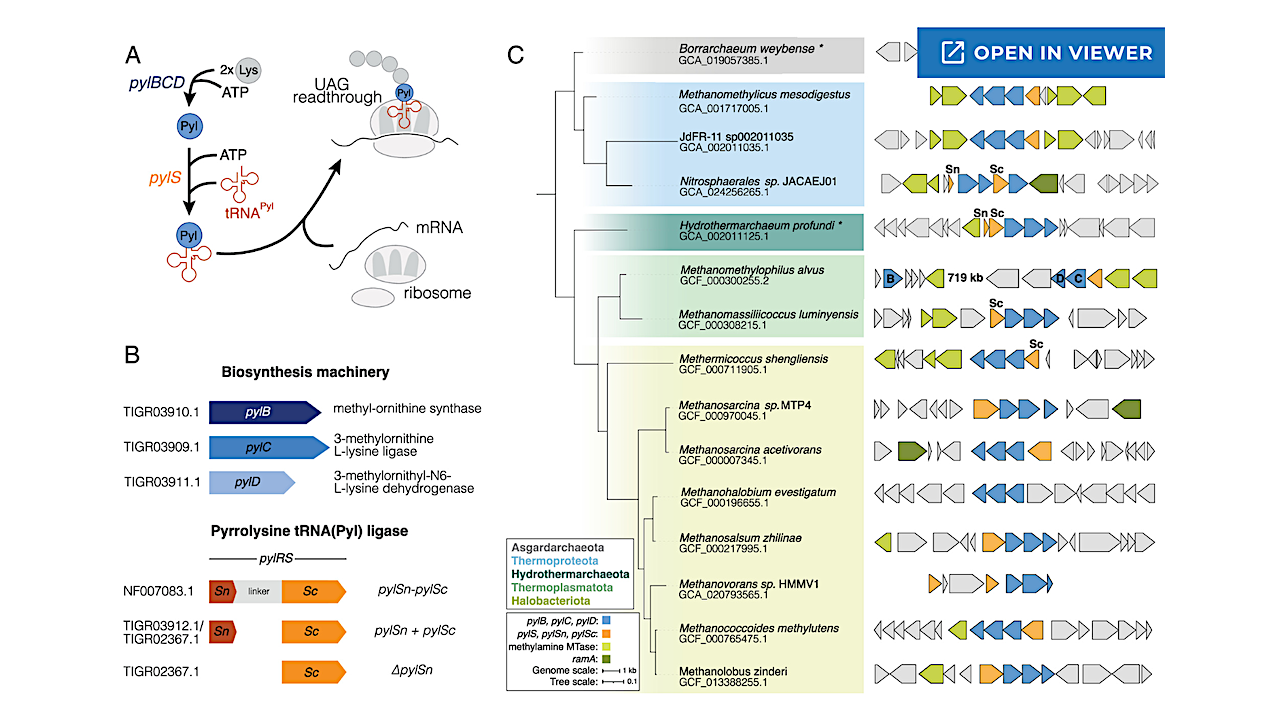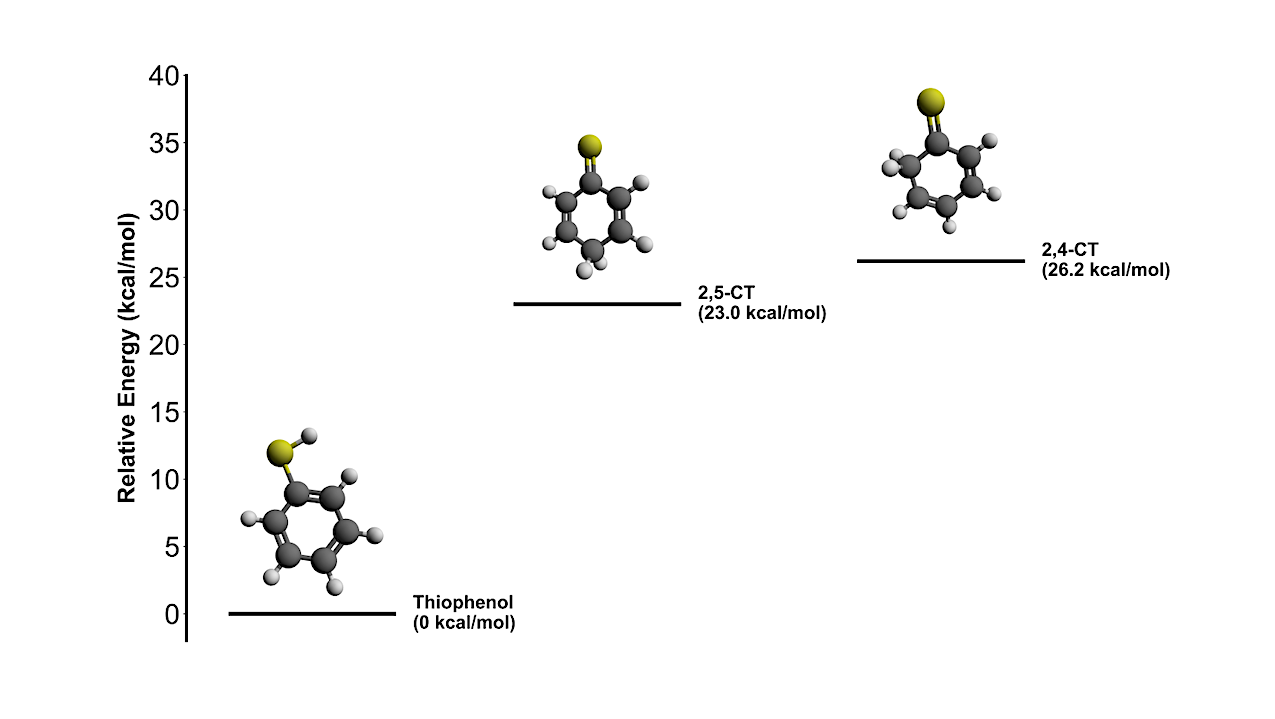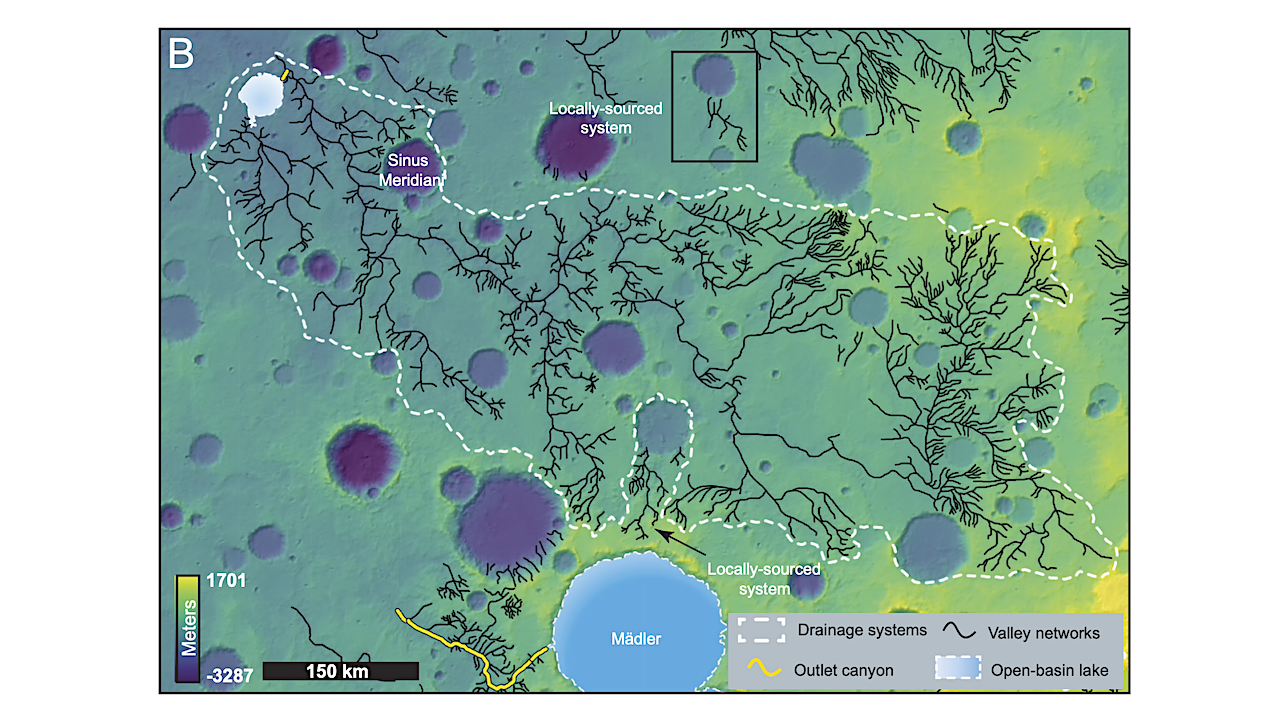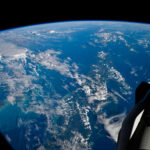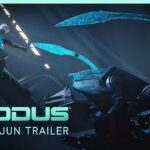Chignik, Sol 680 “Hydrated” class Al203 ~ 17-29 wt.% — NASA Rocks that stood out as light-colored dots on the reddish-orange surface of Mars now are the latest evidence that
Astrobiology8- Page
Sampling fluids of 180 degree Celsius at the White Sealhound structure. Photo: MARUM – Center for Marine Environmental Sciences, University of Bremen The study identifies three major vent areas —
Primitive gels could have concentrated and protected molecules, enabling complex chemical reactions long before cells formed. — Credit Nirmell Satthiyasilan How did life begin? An international team of researchers from
Locations of the five stars (yellow circles) that dominate the ionization of the local clouds, shown in Galactic coordinates (ℓ, b) centered on (0, 0). Locations are plotted on the
Distribution of Pyl in archaea. (A) Proposed mechanism for Pyl biosynthesis (blue), and incorporation (orange) into elongating polypeptides by a Pyl-tRNAPyl charged by its cognate aminoacyl tRNA synthetase (PylS). (B)
Exozodiacal dust, depicted in this artist’s illustration as a glowing white haze above the horizon of a hypothetical habitable planet orbiting another star, was found to exist in such large
Energy levels of 2,5-CT and 2,4-CT relative to thiophenol. The geometries and energies were derived at CAM-B3LYP/cc-pCV5Z level of theory. — astro-ph.GA Molecules harbouring sulfur are thought to have played
Alkaline limited regime (left) leads to slow climate recovery. Reef space collapse (right) stimulates nannoplankton productivity and climate recovery. Credit: Tristan Salles/PNAS/USYD Coral reefs have long been celebrated as biodiversity
Examples of mapped large drainage systems on Mars. The dotted white outlines represent drainage boundaries encompassing valley networks (black), lakes (gradient blue), and outlet canyons (yellow) formed by lake breaches.
The asteroid Bennu continues to provide new clues to scientists’ biggest questions about the formation of the early solar system and the origins of life. As part of the ongoing
-
 012024 in Review: Highlights from NASA in Silicon Valley
012024 in Review: Highlights from NASA in Silicon Valley -
 02Panasonic Leica Summilux DG 15mm f/1.7 ASPH review
02Panasonic Leica Summilux DG 15mm f/1.7 ASPH review -
 03From Polymerization-Enabled Folding and Assembly to Chemical Evolution: Key Processes for Emergence of Functional Polymers in the Origin of Life
03From Polymerization-Enabled Folding and Assembly to Chemical Evolution: Key Processes for Emergence of Functional Polymers in the Origin of Life -
 04How New NASA, India Earth Satellite NISAR Will See Earth
04How New NASA, India Earth Satellite NISAR Will See Earth -
 05And Thus Begins A New Year For Life On Earth
05And Thus Begins A New Year For Life On Earth -
 06Astronomy Activation Ambassadors: A New Era
06Astronomy Activation Ambassadors: A New Era -
07SpaceX launch surge helps set new global launch record in 2024


